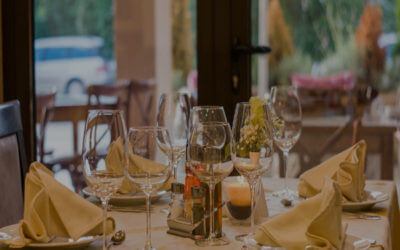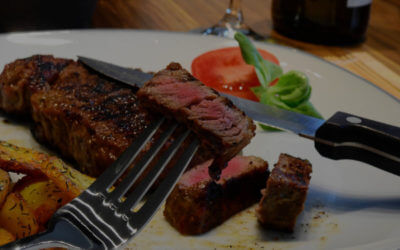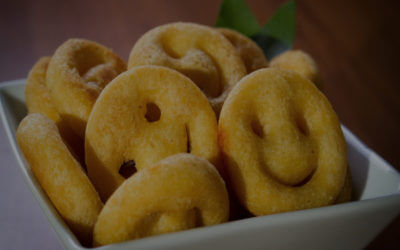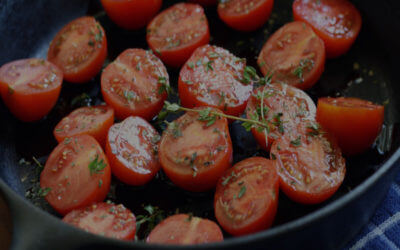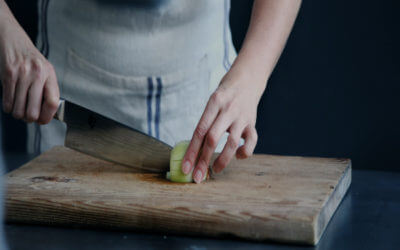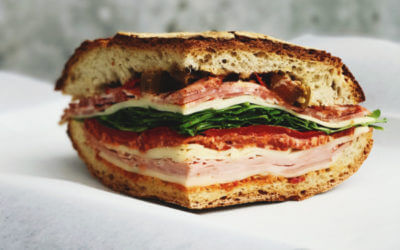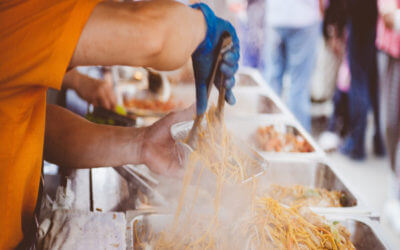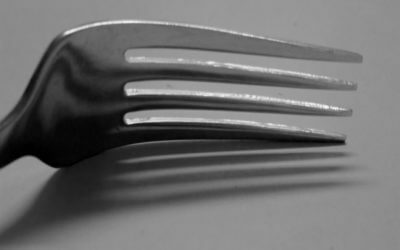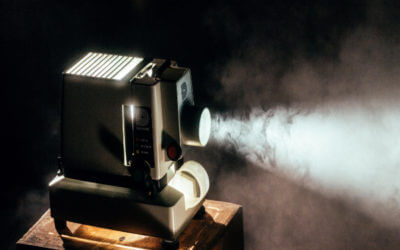Restaurant Equipment: How to Handle Gluten Allergies
August 14, 2018In the last five years, you’ve probably seen a dramatic increase in the number of restaurant customers you have that are avoiding gluten.
Some of them simply don’t like it, and others have a life-threatening reaction if they eat it. As a restaurant owner, you want to be able to accommodate your guests.
However, knowing how to properly choose and use restaurant equipment to handle gluten allergies can be a challenge. Here are some tips that can help.
Understand the Types of Gluten Concerns
When someone says, “Do you have anything gluten-free?” they can be asking for a wide variety of reasons.
Perhaps they simply believe gluten is bad for them. Or, they may have actual medical reactions to gluten that may be severe.
Here is a list of the different concerns people may have with gluten:
- Allergies: these range from mild to life-threatening. When someone’s immune system reacts to gluten, they can become very ill. This is the case for those with celiac disease.
- Intolerances: sometimes a food simply causes digestive problems. These folks avoid gluten because they don’t like how they feel when they eat it.
- Specific Diet: Many people are on a gluten-free diet either to treat illness or to better their health.
It’s not particularly important why your guests request gluten-free. What is important is that your staff take it seriously. It could be a life-or-death issue, and too many restaurants make light of it.
As you create routines for special requests, it’s helpful to choose restaurant equipment and processes as if everyone who requests gluten-free has celiac disease. This way, you can keep your guests safe while respecting their privacy.
Creating Gluten-Free Dishes For Your Menu
The easiest way to handle frequent requests for gluten-free food is to have specific dishes already on your menu that don’t use those ingredients.
You will probably want to use specific restaurant equipment to prepare these dishes, as gluten can cross contaminate if the pan was used for another sauce or dish.
Remember, gluten-free means free, as in none. For those with celiac disease, a concentration of even 20 ppm in gluten can make them very ill for days.
As you create gluten-free dishes, scrutinize every ingredient. It’s amazing how many things have wheat or other gluten-containing compound added to them that you would never expect.
Have Gluten Free Adaptations For Normal Dishes
Some restaurants don’t have the space to keep a wide range of gluten-free dishes on the menu, especially if those items are not moving quickly each day.
Instead, you can have a way to adapt your usual dishes for a gluten-free request. Again, restaurant equipment is vital – you cannot afford to cross contaminate, and you will likely need a new small batch of whatever sauce, seasoning, or gravy is used.
Prepare your adaptations in advance and train your staff in how to create them. You can look over your menu to see which items are easiest to convert. Again, be careful of ingredients – even a spice mix may have gluten-containing ingredients added.
Have the Right Restaurant Equipment to Handle Allergies
Gluten allergies are not the only special request you’ll come across. That’s why it’s helpful to have specific, clean restaurant equipment set aside to handle allergy requests.
You can prevent cross-contamination without slowing down your kitchen if you have the equipment you need. Are you looking for a new set? We’d love to help. Contact us today for a quote!
4 Money-Saving Strategies You Can Use in Your Restaurant NOW
Running a restaurant is one of the most interesting and lucrative businesses one can engage in with the right money-saving strategies. However, it also poses to be one of the most difficult. Many factors have to be put into consideration in order to make sure that...
Businesses that Should be Selling Frozen Beverages in 2017
Adding a frozen beverage machine to your slate of money-making channels is great way to drum up additional sales. Since there is low overhead cost associated with selling frozen beverages, whether it is an FCB (Frozen Carbonated Beverage) or FUB (Frozen Uncarbonated...
Start Preparing Your Restaurant for Summer!
As a restaurant owner, you may have noticed that weather has affects the number of customers that walk through your door. It is widely understood, for example, that rain drives customers indoors as they seek shelter from the storm. Snowstorms, of course, discourage...
Create a Memorable Dining Experience with the Right Flatware
According to Will Rogers, “you will never get a second chance to make a first impression.” In a restaurant, flatware is a small but essential part of making a great impression. Flatware is a particularly important design element because customers won’t just look it;...
Cleaning Your Commercial Deep Fryer Made Easy
A commercial deep fryer requires daily cleaning to keep the appliance in perfect working condition. However, cleaning the restaurant’s deep fryer is one of the most dreaded tasks for many restaurant workers. Who could blame them? The process of cleaning a deep fryer...
The Top Chefs Use Cast Iron. Do You?
From pots to pans, restaurant cookware has been made out of all kinds of materials. What kind do you use? It’s time for you to use cast iron. Cast iron cookware has many benefits. Let’s take a look at why you need to be using cast iron in your professional kitchen....
How to Crash the Dine and Dash
Any business that sells physical products is subject to the occasional theft. So do restaurants, but it's just called dine and dash. Those who dine and dash take advantage of the fact that they receive their purchase before they pay, rather than after. In many...
Preparing for Your Restaurant’s Grand Opening
Starting a restaurant is an adventure, especially with the Grand Opening. There will have been months of planning, preparation, purchasing and hiring for your grand opening. When you finally have everything ready, your grand opening is a big deal. If everything is...
Guide to Buying the Perfect Knives
Knives are arguably one of the most important tools in any kitchen. Your chefs are the heartbeat of your restaurant and they deserve quality knives that ease the task of cooking great food. When buying the perfect knives for your chefs, keep in mind that the most...
Equipment Buying Tips for Restaurant Owners
If you own a restaurant or you’re starting a new one, you will need the right equipment. It is important to choose quality equipment that will not only get the job done well but also cost you less in the long run. However, it can be hard to know where to start. Here...
5 Decor Ideas for an Inviting Restaurant Feel
Great food and customer service are important parts of the equation that keeps customers coming, but the restaurant experience is not just about the food. The best restaurants cater to every aspect of a customer’s experience. The right ambiance is a must. This means...
5 Tips for an Ergonomically Sound Restaurant
The physical environment of your restaurant should not only be appealing to customers but also be comfortable and safe for your employees. Due to the repetitive motions that characterize the job description of restaurant employees, there is a potential for...
How to Make Your Silverware Sparkle and Shine
No one wants to eat off of dirty or tarnished silverware. While it’s easy to clean silverware of leftover food, the tarnishing will still linger unless you take steps to make your silverware shine. To make the best impression on your guests, your silverware should not...
Top 6 Movies for Restaurant Owners
The movies that connect with us on a personal level are the ones that linger in our memories forever, especially when it deals with food and the drama in a commercial kitchen. Achieving that level of intimacy in the fictional world of movies is easier said than done....

